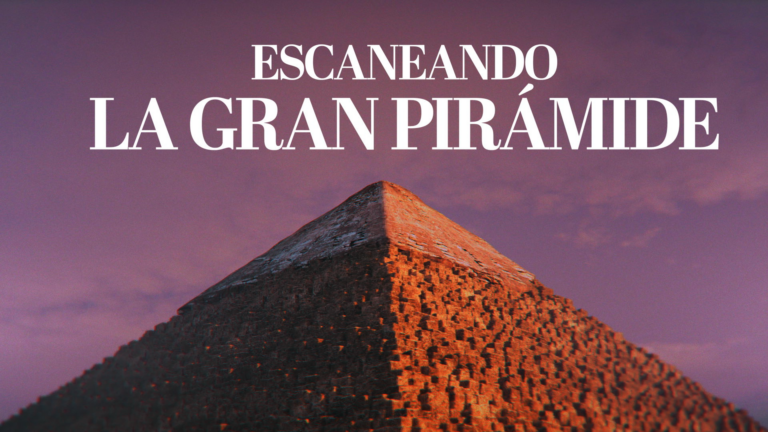The researchers were able to create a map of the pyramid’s interior, and thus find a nine-meter-long tunnel whose existence was not known until now.
The largest of the three Giza pyramids in Egypt, the Pyramid of Khufu is the last of the Seven Wonders of the Ancient World still standing.
Inside it is full of unknowns and unresolved questions that archaeologists have been investigating for decades, if not centuries. The advantage that today’s scientists compare them to their predecessors is that they have an increasingly specific technique for studying these colossal stone structures.
In this sense, the ScanPyramids project is an international scientific mission that studies the inside of the pyramids without the need for excavations. The initiative has been operating since 2015 with many results in its curriculum.
However, his later contributions came along with a rather specific technology that uses cosmic rays that come from space and pass through the atmosphere until they reach the pyramids.
Let’s explain it a little better. The Earth is constantly exposed to cosmic rays from space. As they pass through our planet’s atmosphere, these rays are refracted, generating muons. Muons are energetic particles that can pass through almost any surface, such as rocks and buildings.
Scientists have installed sensors and cameras that detect muons in and around the Great Pyramid of Giza. In this way they were able to detect how many muons passed through the pyramid and how many muons were absorbed.
By crossing this information with that gathered by other non-invasive techniques, such as infrared thermography, the researchers were able to create a map of the pyramid’s interior, thus finding a nine-meter tunnel whose existence was hitherto unknown.
The discovery was great news for Egyptologists as they were trying to find the burial chamber of Pharaoh Khufu, whose mummy had never been found.
After the discovery, the Secretary-General of the Supreme Council of Egyptian Antiquities said, “We aspire to discover King Khufu’s treasure, as the treasures of all kings have already been found except for Khufu. This is the mystery.”
Khufu’s pyramid is the only pyramid with three levels and it is believed that in the structure examined “there is something hidden” or “something else protected”, seven meters from that passage.
The hypothesis is that it is the burial chamber of the pharaoh. Although the only thing that can be said for now is that the pass exists and they hope to find a way to access it.





